
Women’s wear at work has quietly told the story of progress in sleeves and silhouettes. Long before HR memos or industry milestones, fashion was already doing the heavy lifting. These ten pivotal shifts prove that how women dress for work has never been just about work.
Victorian-Era Workwear (Corsets And Constraints)
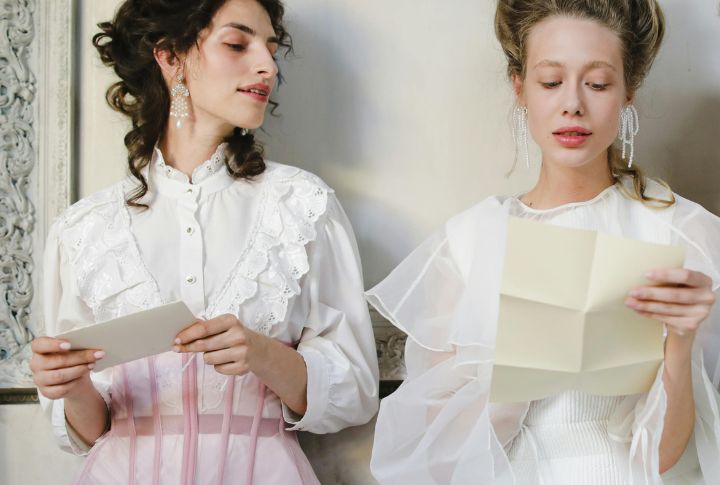
Modesty ruled 19th-century wardrobes, even on the job. Women working in factories or private homes wore tightly laced corsets under heavy skirts and stiff collars, which limited movement. Layers could reach seven in total, yet the discomfort was normalized. Corsets lingered as workplace staples until changing roles forced them out.
The Shirtwaist Revolution (Early 1900s)
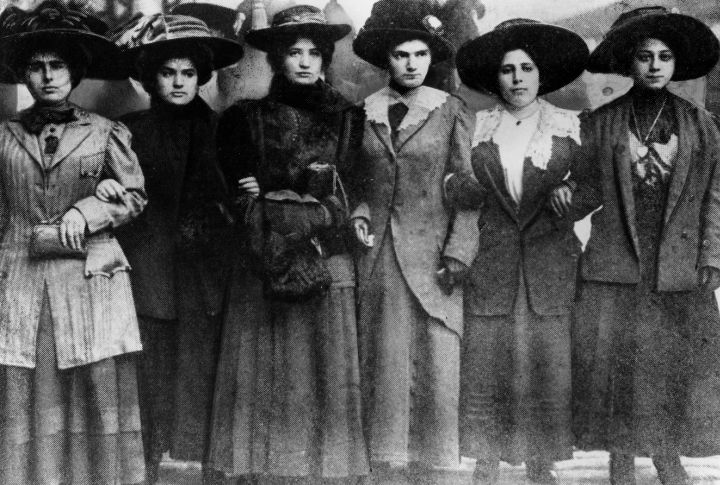
Blouses with structured collars and cuffed sleeves gave women a smarter, more mobile look. Paired with ankle-length skirts, the shirtwaist became a go-to for the urban workforce. Its availability in mail-order catalogs made it accessible, and suffragists wore it proudly during public marches and office hours alike.
WWI And The Rise Of Utility Wear
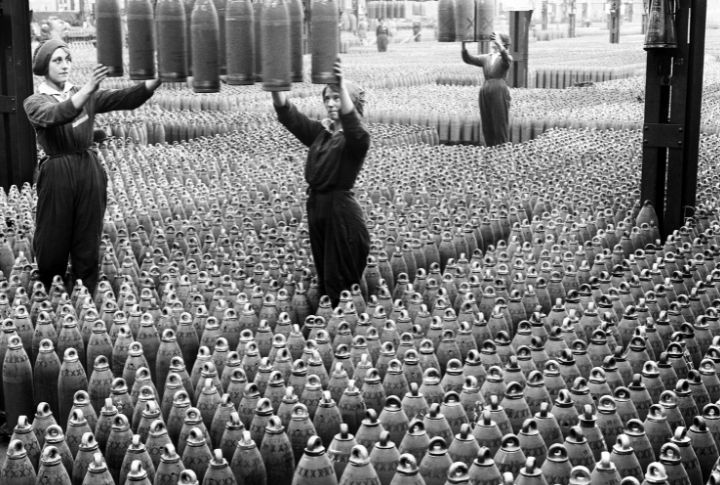
Tougher times meant tougher clothes. Women in wartime industries put on trousers and full-length coveralls designed for safety and endurance. Many were exposed to chemicals that tinted their skin yellow, earning the nickname “Canary Girls.” Despite fashion norms, some quietly kept their workwear after their shifts ended.
The Flapper’s Office Look (1920s)
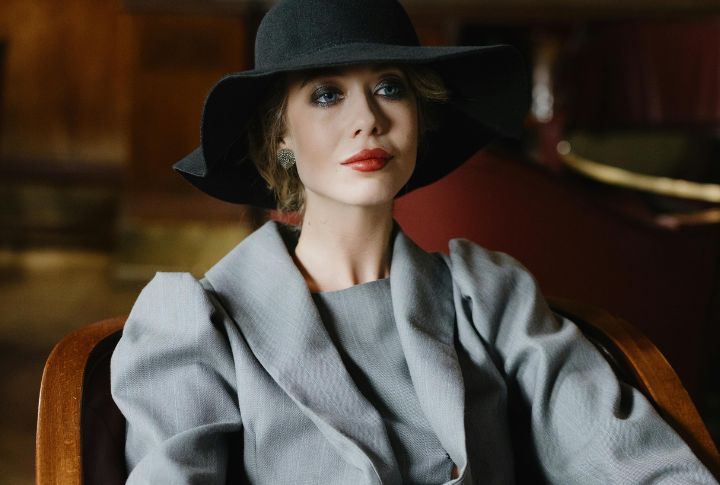
Fashion took a daring turn as looser fits and higher hemlines reached office spaces. Shorter skirts and jersey suits made from repurposed fabrics challenged what was considered appropriate. Bobbed hair, once frowned upon, became a statement of independence as professional style slowly caught up with changing social rules.
WWII And The Normalization Of Pants
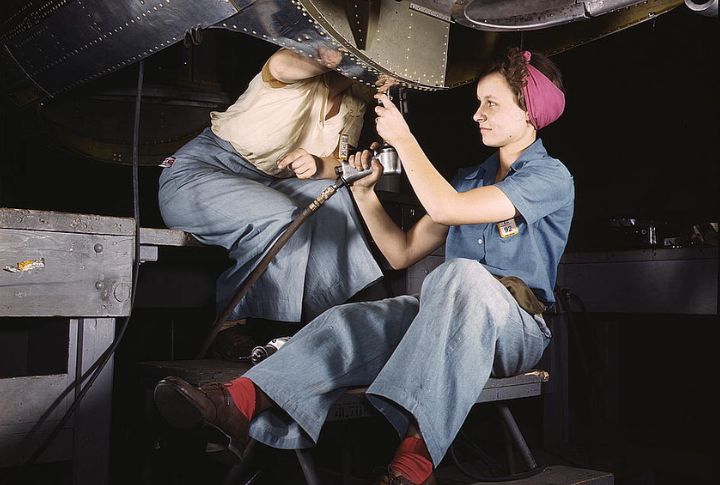
Workplace uniforms during WWII officially introduced pants into women’s wardrobes. Denim overalls and durable slacks became common across factories, with federal guidelines supporting the change. Rosie the Riveter symbolized this shift, but behind the poster, many women quietly chose never to return to skirts when the war was done.
The Return To Femininity (1950s)

Office fashion in the ’50s leaned heavily into curves and polish. Pencil skirts, cinched waists, and kitten heels reflected the era’s push toward a refined, domestic image. Girdles were common for shaping the “ideal” silhouette, while high heels were marketed as symbols of grace and socially approved femininity.
Power Dressing Takes Over (1980s)
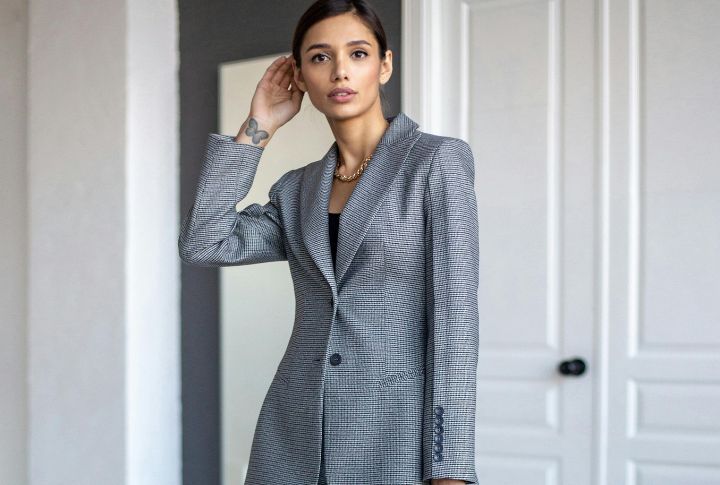
Style met ambition head-on with structured suits and bold shoulders. Women in corporate spaces wore sharply cut jackets, usually in bright colors, to convey authority. Oversized bows and removable shoulder pads allowed some flexibility. This look made its mark as more women stepped into leadership.
The Rise Of The Hybrid Wardrobe (2000s)

Professional looks became more personal as tailored jackets began showing up with jeans, and sneakers found their place next to briefcases. Tech companies especially welcomed this shift, where relaxed style met serious business. Comfort didn’t replace polish; it just made the office feel more like an extension of real life.
Diversity And Body Positivity In Workwear (2010s)
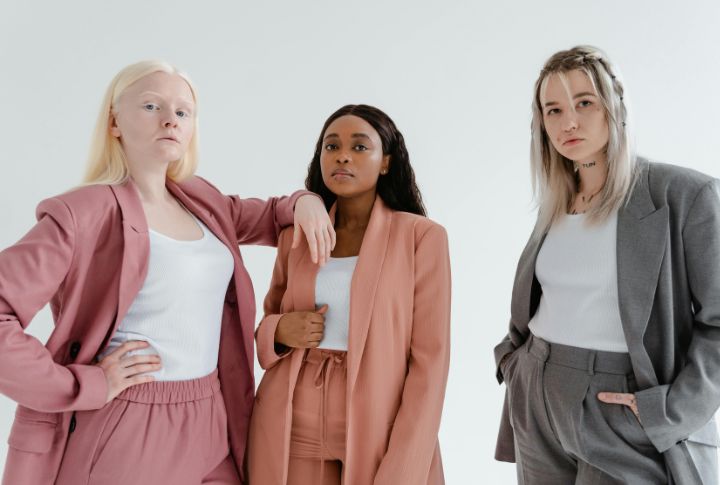
Representation finally started to show up in racks and boardrooms. Brands introduced wider sizing, modest fashion options, alongside gender-neutral tailoring to reflect real-world identities. Workwear grew more inclusive, not just in fit but in attitude. Culture and confidence now had a seat at the table.
Remote Work And The Zoom Shirt (2020s)

Workwear hit pause on structure once video calls became the norm. Loungewear reigned off-camera, but collared tops stayed close by for screen time. Some even kept a “Zoom shirt” draped over the chair. The shift sparked new product lines aimed at remote life—professional up top with pajama-level comfort below.

